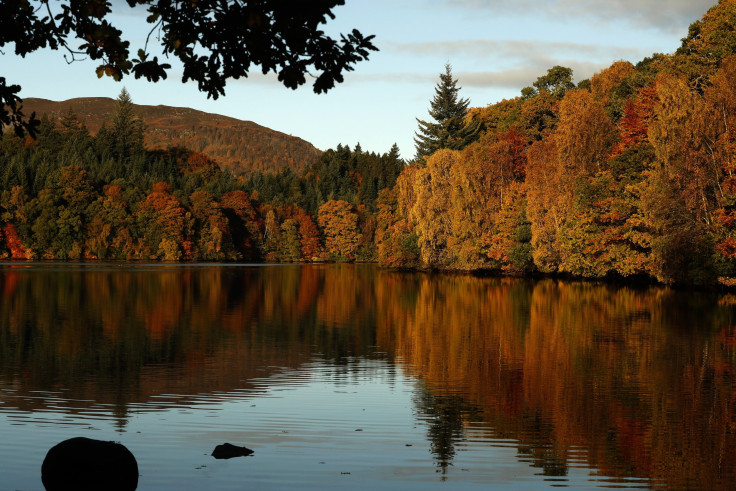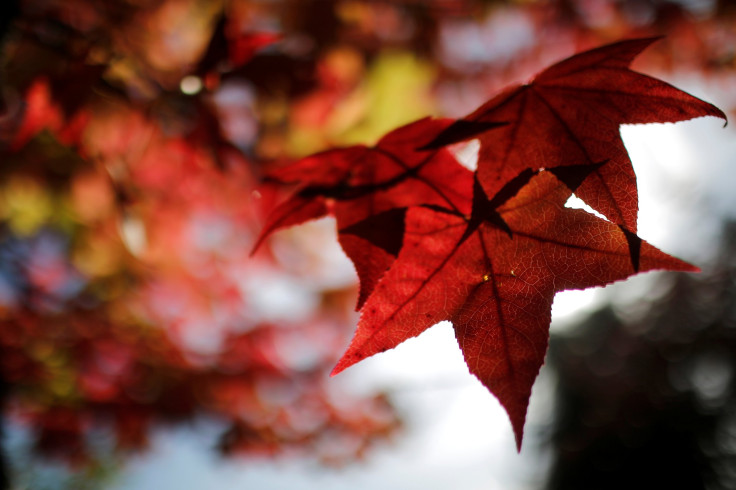Why Do Leaves Change Color? Everything You Need To Know About The Science Behind Fall

With autumn underway, many around the world are already experiencing fall color in full effect.
In the U.S., New England is especially famous for its vibrant fall color. Trees in the Appalachians and Adirondacks burst into reds and oranges during the autumn months. Out West, bright yellow aspen leaves can be seen throughout wooded areas, especially up north. So why exactly do leaves change color? Here's what you need to know:
What's the short answer? The turning of the leaves occurs from a biochemical process that occurs due to the time of year and the shortening of the days, according to the USDA Forest Service. Three specific factors are weather, the length of evening hours and existing leaf pigments. The storing of nutrients for later use is another reason for the change in trees’ color.

So what initiates the actual color variances and changes one sees in leaves? Chlorophyll helps plants absorb sunlight and gives leaves their “natural” green color. During the autumn months, chlorophyll production slows and trees begin to break down those green pigments so that the nutrients can collect in the roots of the tree where they are stored for later use, Earth Sky reports. When the chlorophyll dissipates, other color pigments become visible. Carotenoids, which can produce a yellow, brown or orange color, can be seen in leaves, while anthocyanins, which give fruits like cherries and plums their rich pigment and are mostly produced during autumn, also account for fall leaf color, according to The United States National Arboretum. Leaves that mostly turn brown suggest that all of the pigments are gone.
Does plant species matter? The variety of colors that one might see during fall are also dependent upon the species and tree type. For example, oak trees can turn brown or red, aspen can turn yellow or a vibrant golden hue, while dogwoods can turn a purple-red.
What role does the temperature play? Those famous flame reds and rich burgundy colors of autumn leaves can also come from bright light and cold temperatures, according to a DePauw professor of biology, Dana A. Dudle.
“The crisp, cold nights in the fall combine with bright, sunny days to spur production of red in leaves – especially in sugar maple and red maple trees,” DePauw told Earth Sky. “Burgundy leaves often result from a combination of red pigment and chlorophyll. Autumn seasons with a lot of sunny days and cold night will have the brightest colors.”
That means a parade of sunny, warm and crisp autumn days will lead to splendid autumnal colors.
© Copyright IBTimes 2024. All rights reserved.






















